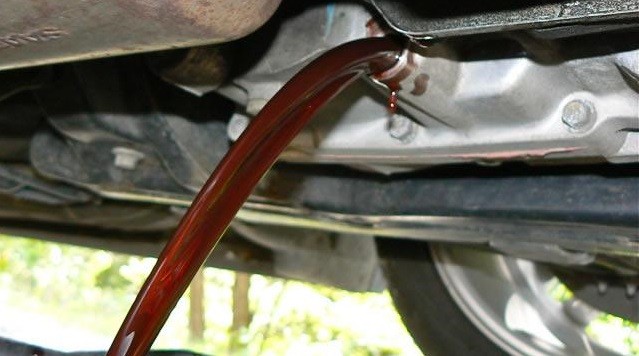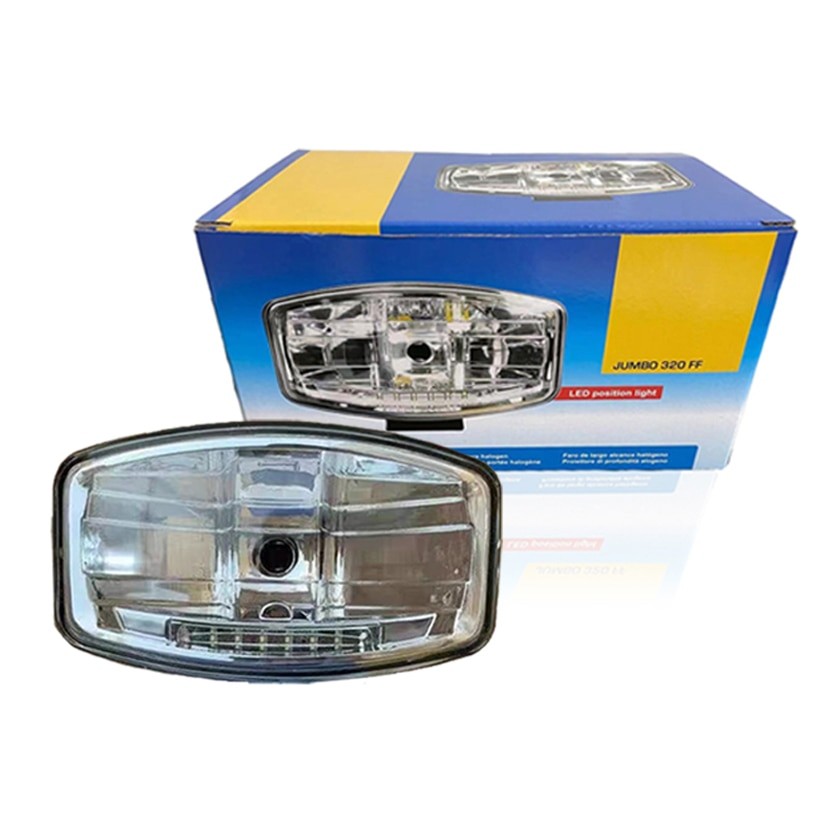
How to replace transmission fluid
Content
Whether you have a manual or automatic transmission in your vehicle, transmission fluid is one of the most underrated fluids when it comes to maintenance. If you forget to change this fluid, it can lead to serious problems such as slippage, hard shifting or total transmission failure. Simply following the manufacturer's recommended service interval can save you from a costly breakdown.
Automatic transmissions are complex and have many moving parts. Modern cars can also be equipped with CVT (Constant Variable Transmission) which has even more moving parts and tighter tolerances. The fluids used in these transmissions are designed to withstand high internal pressures and temperatures without loss of viscosity or lubricity. They also contain detergents that allow the fluid to pick up debris inside the transmission and carry it to the filter. As the fluid breaks down through age and daily driving, it loses its ability to perform these tasks, causing internal clutches and bearings to fail.
Manual transmissions are designed very differently from automatic transmissions. Manual transmissions have a number of internal gears, bearings, and synchronizers that allow the driver to change gears. Most manual transmissions use a heavy petroleum-based oil for lubrication. As this oil decomposes, it loses its lubricating properties, which can make it difficult for the driver to shift into gear and can lead to bearing failure.
It is important to use only the fluid recommended by the manufacturer in the transmission.
Part 1 of 4: Gathering Materials and Preparing the Vehicle
Necessary materials
- socket heads with internal hexagon
- Jack
- Liquid collection tray
- Liquid Pump
- trumpet
- Jack stands
- Lint-free rags
- Ratchet with standard and metric sockets
- Wrench
- Transmission filter or transmission filter kit if needed
- Transmission fluid
- Wheel chocks
Step 1: Collect the necessary materials. It is important that you purchase all the necessary parts before starting service. This will make the job much more efficient.
If you have a manual transmission, you will usually only need the recommended fluid. Most manual transmissions only require the fluid to be drained and then refilled.
If you have an automatic transmission, you may only need fluid, but some have a transmission filter that also needs to be replaced. The filter can be installed inside or outside.
The external filter is usually a spin-on filter like the engine oil filter.
Most transmissions with a replaceable filter require the transmission pan to be removed and replaced. For these types of transmissions, you will need to purchase a transmission filter kit, which should include a filter and transmission pan gaskets.
Step 2: Install and secure the car. Park the vehicle on a firm, level surface and apply the parking brake.
Place wheel chocks around the rear wheels.
Step 3: Raise the car. Using a floor jack, jack up the front of the vehicle, one side at a time, using the manufacturer's recommended jacking points.
Place jacks under the vehicle at the recommended lifting points and lower the vehicle onto the jacks.
Step 4: open the hood. To access parts under the hood, lift the hood.
Part 2 of 4: Draining the transmission fluid
Step 1: Locate the transmission drain plug.. If it's a manual transmission, it usually has a large drain plug at the bottom of the transmission case.
If it is an automatic transmission, it will either have a large drain plug on the case, or a drain plug on the transmission pan, or the transmission pan will need to be removed.
Step 2: Install the drip tray. Place a drip tray under the location where the fluid will drain.
Step 3: Remove the drain plug. Using a ratchet and appropriate socket, remove the drain plug or transmission pan.
Step 4: Drain the Liquid. Let the liquid drain until it becomes a thin stream.
If you are removing the transmission sump, you will need to allow the fluid to drain before completely removing the sump. After the pan is completely removed, the liquid will continue to drain for some time.
Step 5 Remove the transmission filter.. If your vehicle is equipped with it, remove the transmission filter.
If the filter is in the pan, it may be holding a bolt. Remove all bolts from the filter and then remove the filter from the transmission.
- Functions: After removing the filter, more fluid will drain from the transmission, so the trap pan should be left in place.
Part 3 of 4: Preparing to Change the Transmission Fluid
Step 1: Clean the transmission pan. If the transmission pan has been removed, wipe it with a lint-free cloth.
If you only removed the drain plug, go to step 4.
- A warning: If there is metal or other debris in the transmission pan, this may be a sign of impending transmission failure.
Step 2: Replace the transmission filter. If the transmission filter has been removed, install the new filter in reverse order from how the old one was removed.
Step 3: Replace the transmission sump. If it was removed, reinstall the transmission pan using the gasket included with the transmission filter kit and tighten to manufacturer's specifications.
Step 4: Replace the drain plug. If removed, replace the transmission drain plug and tighten to manufacturer's specifications.
Part 4 of 4: Transmission Fluid Change
Step 1: Locate the transmission filler plug. If your vehicle is equipped with a manual transmission, locate the transmission fill plug.
If your transmission is equipped with a dipstick, go to step 5.
- Functions: The transmission filler plug on most manual transmissions and some automatic transmissions is located on the transmission case approximately midway between the bottom and top of the transmission.
Step 2: Remove the fill plug. Using a ratchet and appropriate socket, remove the fill plug.
Step 3: Add New Transmission Fluid. Add the manufacturer's recommended fluid through the fill port using the fluid pump.
- Functions: Most manufacturers recommend adding fluid to the filler hole until fluid comes out, indicating it is full. When adding fluid to the gearbox, it is important to respect the capacity specified by the manufacturer.
Step 4: Replace the fill plug. Replace filler plug and torque to specification.
Step 5: Lower the car. Raise the vehicle off the stands using a jack and remove the stands. Then use the jack to lower the car to the ground.
If your vehicle does not have a dipstick, you can skip to step 9.
Step 6: Locate and remove the dipstick. Locate and remove the transmission fluid dipstick. then put the funnel back in place.
- Functions: The transmission fluid dipstick usually has a red handle.
Step 7: Add New Transmission Fluid. Add the specified amount of manufacturer recommended fluid to the transmission.
- Functions: Slowly add the liquid so that it does not "burp" and push the liquid back.
Step 8: Gear Shift. Start the car and, while holding the brake pedal, move the gearshift lever to all gears. Do this only on vehicles with automatic transmission and dipsticks.
Step 9: Check the transmission fluid. Most manufacturers recommend testing the transmission fluid with the vehicle running and parked, but you should follow the recommended procedure for your vehicle as it may vary.
Step 10: Check for leaks.
Transmission maintenance may seem simple, but there are a few precautions you should take to prevent any problems from occurring:
Use only the fluid recommended by the manufacturer.
If you have not serviced your transmission according to the recommended service intervals, you may want to have your transmission checked by a certified mechanic such as AvtoTachki. Servicing a transmission that contains very old fluid can cause internal problems in the transmission.
Find out if your transmission is working. Some gearboxes are sealed and not serviceable. Other transmissions can only be serviced with a specific manufacturer's flushing machine, as there is no other way to add fluid to the transmission after it has been drained.
If you're not sure how often to change your transmission fluid, you can search your vehicle to learn more about recommended service intervals. But if your transmission is currently having problems or if you are not comfortable doing the maintenance yourself, you can always get help from a certified mechanic who can inspect and service your transmission for you.

